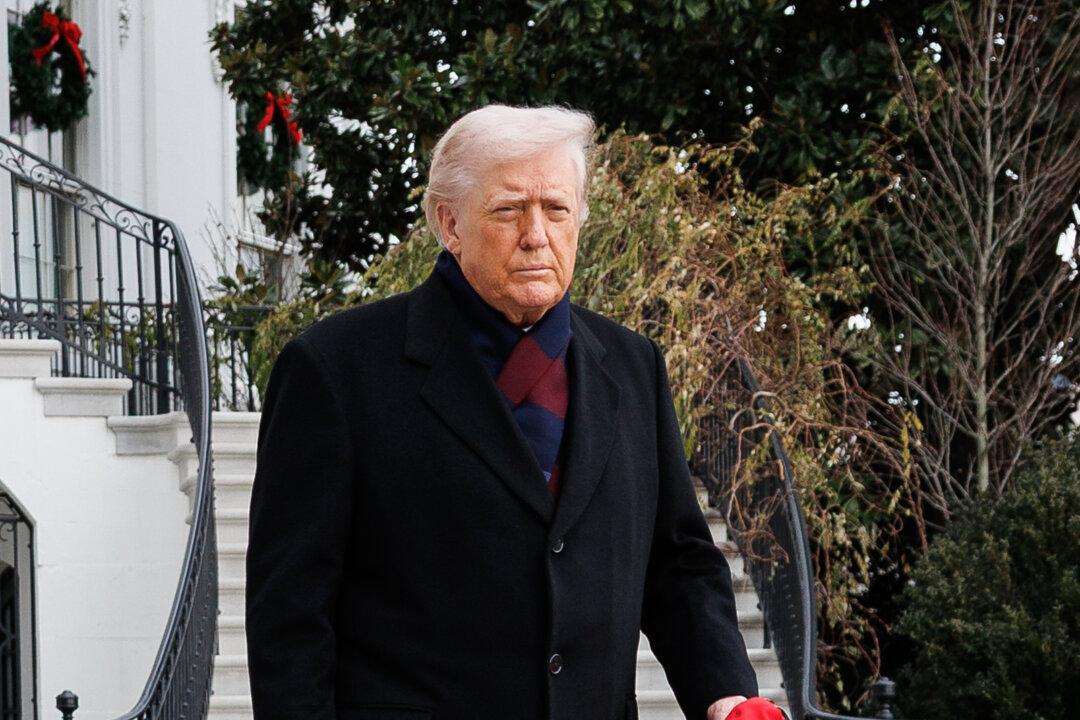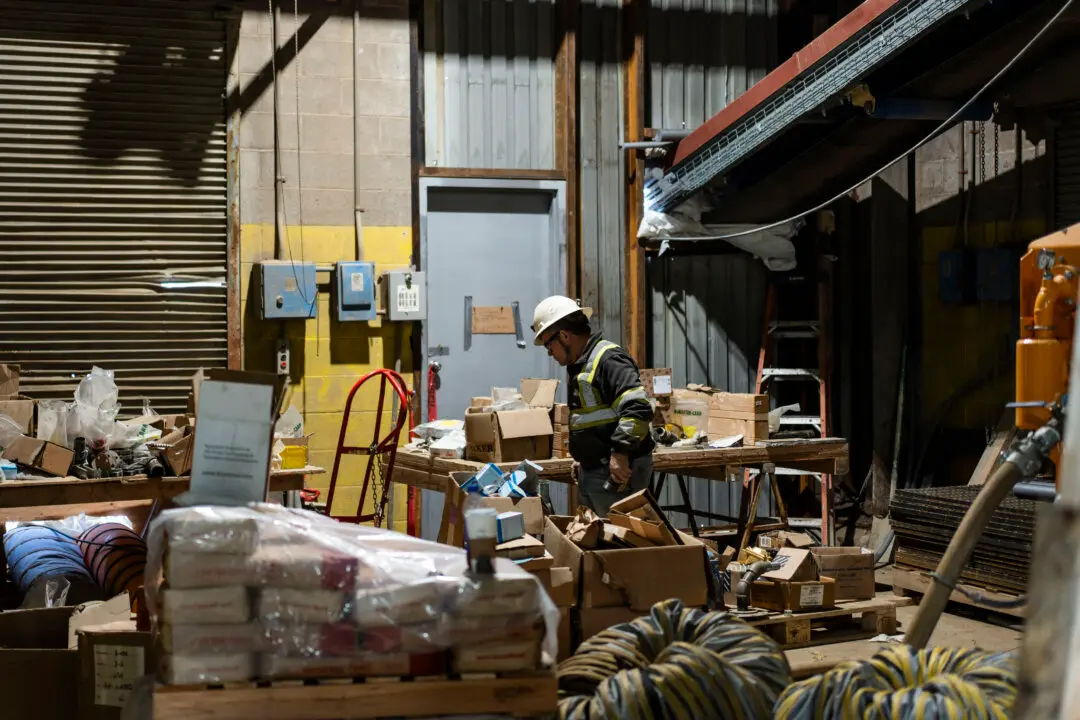In a volatile trading session, Wall Street staged a heated rally just before closing bell Friday after President Donald Trump declared a national emergency, bringing to bear an arsenal of measures to counter the economic impacts of the coronavirus outbreak.
“To unleash the full power of the federal government in this effort today, I am officially declaring a national emergency. Two very big words. The action I am taking will open up access to up to $50 billion—a very important and a large amount for states and territories or localities in our shared fight against this disease,” Trump said at a press conference at the White House Rose Garden on Friday.





